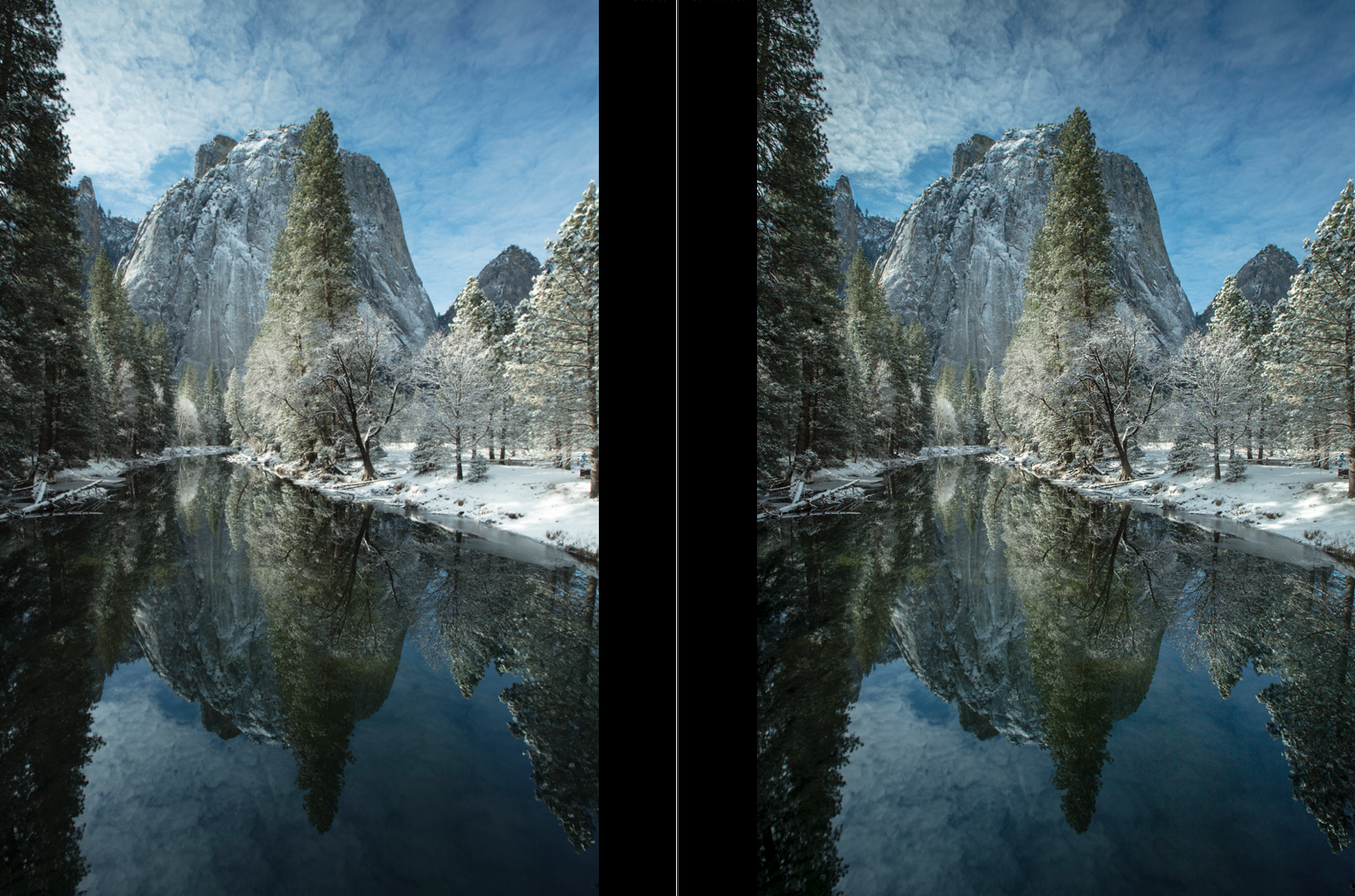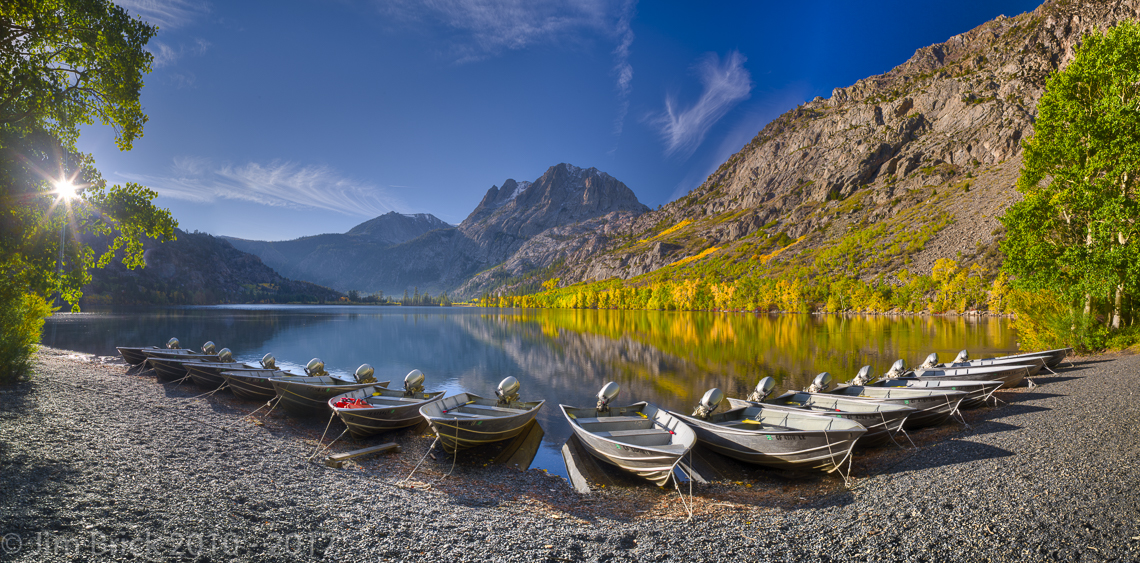DSLR cameras usually offer several automatic bracketing possibilities. This post is about ‘exposure bracketing’. Since we are not using film, the cost of bracketing is zero. It only uses up space on your memory card but high capacity memory cards are currently dirt cheap.
The DSLR gurus have had us use the ‘histogram’ to check and ultimately provide perfect exposure for the situation. And in certain situations, this is the right thing to do. But for static landscape work, typically on a tripod, exposure bracketing is preferable – at least it works best for me.

Above is a seven frame bracket, 2/3 stop between frames. I have my camera’s pre-set C1 set up for seven frame bracketing, C2 set up for three frame bracketing, and C3 set up for general hand held photography. Seven frames for static landscape tripod photos, three frames (1-2/3 stops apart) for quicker and sometimes handheld bracketing.
In the above brackets, the center frame is most likely the correct exposure. Below, the image on the left is that image, un-retouched. The image on the right is an HDR version of the image by sending frames 2, 4, & 6 into Lightroom’s HDR Merge engine. Very subtile differences but unless you bracket, you cannot make an HDR image. This image is of Cathedral Rocks East reflection in the Merced river, from the Northside Drive/El Capitan Drive intersection bridge.


Even though the differences are subtile, the image on the right is tonally better balanced – which is what an HDR merge does for you. You can also see the differences in the histograms. So with exposure bracketing, back home, you get to pick the exposure that best suits your needs and/or you get to run several (or all) exposures through the Lightroom HDR merge process. There are other HDR programs that connect with Lightroom. One that I sometimes use is Photomatix. A very advanced, full featured HDR program.
So… exposure bracketing is not because you are a bad photographer, it’s so that when you are back home, processing your photos, you have all exposure options available to you. You will never be upset that (exposure wise) you didn’t capture that scene properly.
The following image is a five vertical frame panorama using a Canon TS-E 24mm lens. Each vertical frame is a seven frame 2/3 stop exposure bracket. All seven exposures of each vertical frame were HDR processed in Photomatix, then the results stitched together in Photoshop.

The image is ‘Sunrise on Silver Lake’. Silver Lake is on the June Lake Loop, off of highway 395, in the Eastern Sierra Nevada mountains.